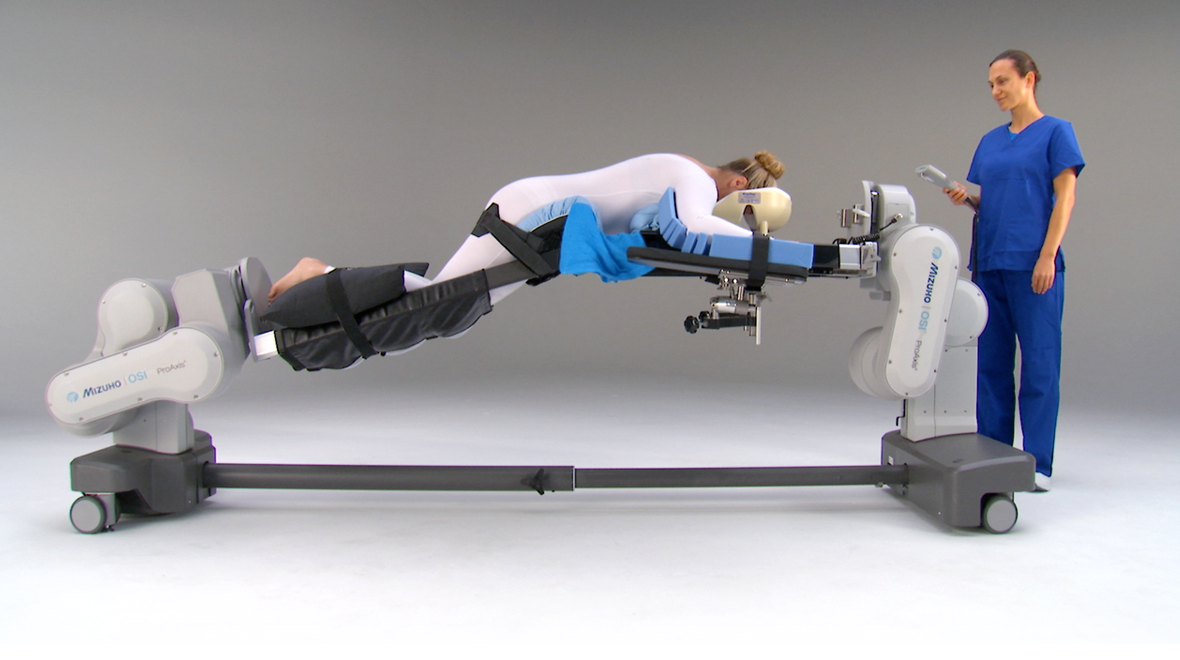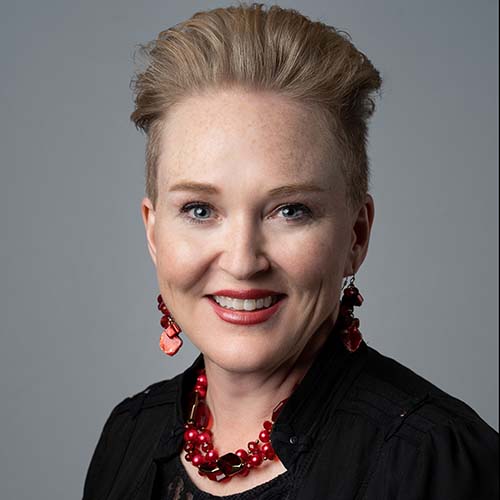Comprehensive Treatment at Axis Spine and Orthopedic Surgeons St Louis MO
Comprehensive Treatment at Axis Spine and Orthopedic Surgeons St Louis MO
Blog Article
Advanced Spine and Orthopedic Surgery for a Pain-Free Life
The landscape of spinal column and orthopedic surgical procedure has developed considerably, providing a spectrum of sophisticated methods created to reduce chronic discomfort and enhance person results. Developments such as robotic-assisted treatments and minimally intrusive approaches are redefining medical requirements, while regenerative medication presents new methods for healing. These growths not only assure minimized recovery times yet also supply tailored recovery techniques that satisfy private needs. As we check out these transformative approaches, it ends up being important to recognize their ramifications and the real-life experiences that emphasize their effectiveness. What might these innovations imply for the future of discomfort management?
Understanding Chronic Pain
Just how does persistent discomfort vary from intense discomfort, and what ramifications does this distinction have for therapy? In contrast, persistent pain persists beyond the predicted duration of recovery, typically lasting for months or also years.
Acute pain management usually focuses on resolving the immediate reason via medications, physical treatment, or medical interventions. Furthermore, understanding the psychological and psychological elements of persistent pain is vital, as these variables can worsen the experience of discomfort. A comprehensive treatment method customized to the individual is important for boosting the top quality of life for those suffering from chronic discomfort.
Cutting-edge Surgical Strategies
The management of chronic discomfort usually leads to the exploration of ingenious surgical methods that can offer alleviation when traditional treatments fall short. Breakthroughs in modern technology and medical approaches have actually dramatically changed the landscape of back and orthopedic surgery, enabling surgeons to address complex problems better.
One such strategy is robotic-assisted surgical treatment, which boosts accuracy and decreases the threat of issues. Furthermore, endoscopic spine surgical procedure has arised as a useful option for dealing with herniated discs and spinal constriction.
Additionally, regenerative medicine methods, such as stem cell therapy and platelet-rich plasma (PRP) shots, are gaining grip. These methods intend to promote recovery and tissue regeneration, possibly alleviating the need for even more invasive procedures. An additional ingenious strategy is making use of 3D printing in developing personalized implants and medical guides, tailored to individual client makeup. Collectively, these strategies represent a paradigm change in how chronic discomfort is managed, using brand-new hope for those looking for long lasting alleviation.
Benefits of Minimally Invasive Surgery
Reducing trauma to the body is an essential benefit of minimally invasive surgical treatment, which has actually reinvented the field of spine and orthopedic treatments. This technique utilizes smaller cuts compared to standard surgical procedure, leading to decreased muscle mass and cells damage. As a result, patients experience much less pain post-operation, which can considerably enhance their total convenience throughout healing.
One more critical advantage is the decrease in blood loss and reduced danger of infection. Smaller cuts reduce the exposure of internal structures, thereby decreasing the chance of complications. In addition, the accuracy of minimally intrusive methods typically translates to shorter medical times, which can additionally minimize the dangers connected with longer procedures.
People can additionally expect a quicker return to day-to-day tasks and, in most cases, a much shorter hospital keep. This expedited healing process not just enhances client contentment but can additionally cause lower medical care expenses. In general, the advantages of minimally invasive surgery see post expand beyond prompt surgical end results, promoting a faster, more secure, and much more reliable path to recovering wheelchair and lifestyle for people dealing with back and orthopedic conditions.
Recovery and Recovery Approaches

Very early mobilization is crucial, as it promotes circulation and avoids issues such as deep capillary apoplexy. Slowly boosting task degrees, under expert support, help in bring back stamina and versatility. Individuals are motivated to engage in gentle range-of-motion exercises soon after surgery, progressing to more requiring exercises as recovery enables.
Pain management is integral to recovery, with an emphasis on applying multimodal techniques that may include medicines, physical treatment, and alternative treatments such as acupuncture. Education and learning on body auto mechanics and functional designs is important for preventing re-injury, ensuring that people recognize exactly how to move securely during their recovery.
Normal follow-up visits are required to monitor progression and make modifications to rehabilitation methods. Eventually, an interdisciplinary method that incorporates clinical know-how, client education and learning, and helpful care cultivates a smoother shift back to day-to-day activities and enhances long-lasting outcomes in back and orthopedic surgery.

Real-Life Success Stories
Real-life success stories in back and orthopedic surgery highlight the transformative effect of reliable rehabilitation and individualized care. Think about the instance of a 52-year-old patient suffering from persistent reduced back discomfort due to a herniated disc. After a detailed analysis, a minimally invasive discectomy was carried out. Post-surgery, the individual involved in a customized rehabilitation program, that included physical therapy and steady reinforcing exercises. Within months, they restored full wheelchair and went back to their energetic way of living, without pain.
One more motivating example includes an athlete with a torn ACL. The surgical restoration was complied with by a very carefully kept track of recuperation program. The athlete dedicated to intensive physical treatment, concentrating on strength and stability to sustain an effective resurgence. Extremely, after 6 months, they not only returned to the field yet additionally accomplished performance levels exceeding pre-injury standing.
These stories highlight the significance of individualized therapy plans and the dedication of both people and health care suppliers. Each story functions as a testimony to the developments in back and orthopedic care, illustrating that with the appropriate method, a pain-free my site life is indeed possible.
Final Thought
In conclusion, advanced spine and orthopedic surgical procedure stands for a significant improvement in the search of a pain-free life. about his The engaging success stories of clients highlight the transformative influence of these modern-day clinical interventions, providing hope for enhanced high quality of life in people enduring from persistent discomfort.

Report this page